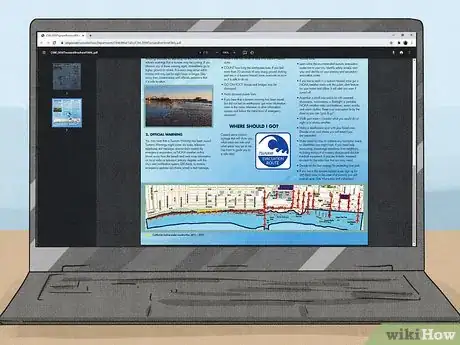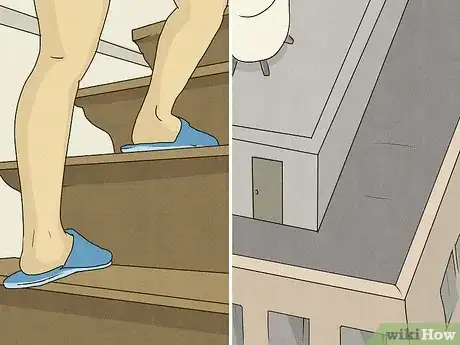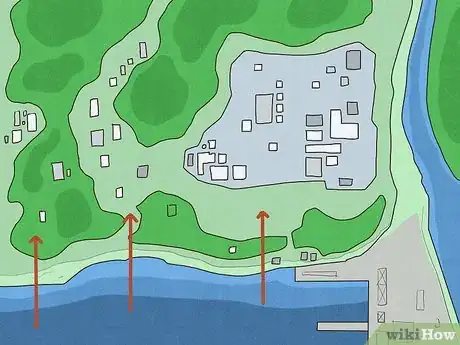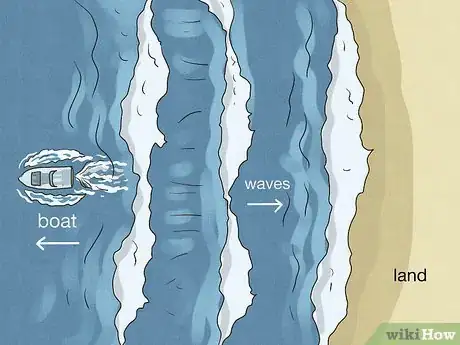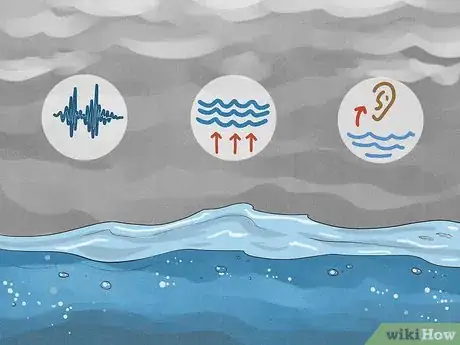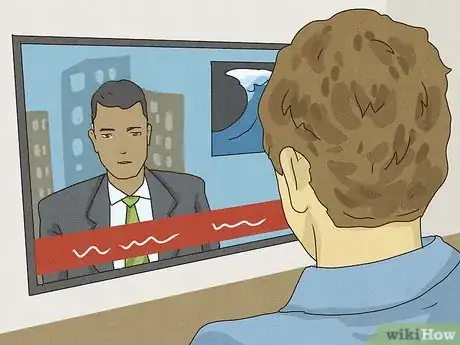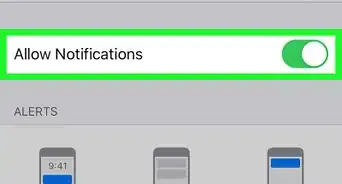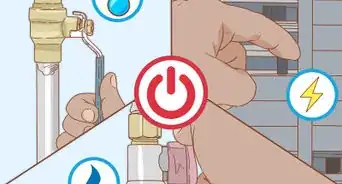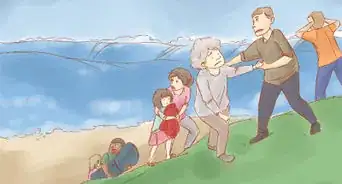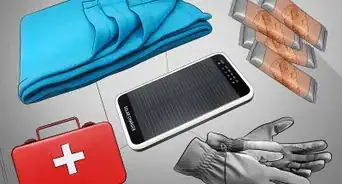This article was co-authored by wikiHow Staff. Our trained team of editors and researchers validate articles for accuracy and comprehensiveness. wikiHow's Content Management Team carefully monitors the work from our editorial staff to ensure that each article is backed by trusted research and meets our high quality standards.
wikiHow marks an article as reader-approved once it receives enough positive feedback. This article received 23 testimonials and 82% of readers who voted found it helpful, earning it our reader-approved status.
This article has been viewed 1,350,245 times.
Learn more...
A tsunami is a series of destructive and dangerous waves that are typically caused by earthquakes and underwater seismic activity. If you live in a tsunami hazard region, make sure you know what to do in the unfortunate event of a tsunami. We’ve put together this list of ways to react and survive a tsunami if you find yourself in the path of danger.
Steps
Community Q&A
-
QuestionWhat should I do after a tsunami?
 Community AnswerHead to the closest Immediate Relief Camp. There, you can find information and get basic supplies, such as food and water. If you are missing any family members, you might be able to find them there too, or get help finding them.
Community AnswerHead to the closest Immediate Relief Camp. There, you can find information and get basic supplies, such as food and water. If you are missing any family members, you might be able to find them there too, or get help finding them. -
QuestionWhat do I do if I get injured?
 Community AnswerIf you have a first aid kit, use it. If not, do not panic; use a clean cloth and some fresh water to bandage it. After the tsunami, head to a hospital or relief center where you can get medical attention.
Community AnswerIf you have a first aid kit, use it. If not, do not panic; use a clean cloth and some fresh water to bandage it. After the tsunami, head to a hospital or relief center where you can get medical attention. -
QuestionHow can I save my family and pets if a tsunami happens?
 Community AnswerHave food and an emergency plan. Grab a first aid kit and your family and pets, and go to the highest place you can reach as soon as possible.
Community AnswerHave food and an emergency plan. Grab a first aid kit and your family and pets, and go to the highest place you can reach as soon as possible.
References
- ↑ https://www.conservation.ca.gov/cgs/Documents/Tsunami/How-to-Survive-a-Tsunami.pdf
- ↑ https://www.smgov.net/uploadedFiles/Departments/OEM/WhatToDo/CSM_OEMTsunamiBrochureFINAL.pdf
- ↑ https://www.conservation.ca.gov/cgs/Documents/Tsunami/How-to-Survive-a-Tsunami.pdf
- ↑ https://pubs.usgs.gov/circ/c1187/
- ↑ https://www.ready.gov/tsunamis
- ↑ https://www.ready.gov/tsunamis
- ↑ https://www.ready.gov/tsunamis
- ↑ https://www.smgov.net/uploadedFiles/Departments/OEM/WhatToDo/CSM_OEMTsunamiBrochureFINAL.pdf
- ↑ https://pubs.usgs.gov/circ/c1187/
About This Article
To survive a tsunami, prepare a survival pack in advance containing food, water, and a first aid kit. When you see the sea receding quickly or feel an earthquake, grab your safety pack and head away from the coast until you're at least 2 miles inland. Alternatively, aim for higher ground that's at least 100 feet above sea level. If you're caught in the water, use a tree trunk as a flotation device. However, if you managed to escape in time, wait until an official all clear rather than returning too early so you don't get caught in further waves. For tips on how to develop an evacuation plan and how to cope in the tsunami's aftermath, read on!

